How to Choose a Duvet: Your Ultimate Guide to Comfortable Sleep
How to Choose a Duvet?

Many people aspire to own the perfect duvet, but when faced with parameters like fill power, loftiness, cleanliness, and fabric quality, they often feel overwhelmed. However, in this article, I will provide you with comprehensive guidance on how to select a high-quality duvet.
Fill Material
Duvets are filled with either goose down or duck down. Goose down generally lacks an odor, while duck down might have a slight smell.

The color of the down can be white or gray; some manufacturers bleach gray down to white to enhance aesthetics. However, this bleaching process can compromise the down's structure and reduce its quality. Therefore, it's normal for down duvets to have a mix of colors, and the presence of gray down shouldn't be a concern for loftiness.
Typically, geese from colder regions with higher latitudes tend to have better matured down with higher loftiness and cleanliness. Hence, goose down is usually of better quality.
- Quality ranking: White goose down > Gray goose down > White duck down > Gray duck down.
- Price ranking: White goose down > Gray goose down > White duck down > Gray duck down.
- Loftiness ranking: White goose down/Gray goose down > Gray duck down > White duck down.
- Quality goose down sources: Hungary / Poland / Canada / Siberia (Russia) / Northeast China.
Down Ratio
Down ratio is a key indicator of down quality, representing the percentage of down in the duvet. A higher down ratio results in better insulation, loftiness, and softness. It's important to note that some duvets may claim high fill power but contain primarily feathers rather than down. Premium duvets typically have a down ratio approaching 98%, achieved through meticulous hand-selection of down.
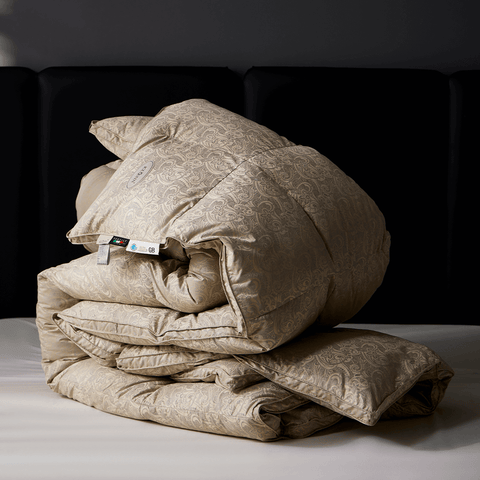
Cleanliness
The cleanliness of a duvet is a significant hygiene factor, indicating the level of impurities, dust, and organic substances in the down. A cleanliness value of 450mm or more is considered acceptable. Insufficient cleanliness may lead to the presence of bacteria and foreign particles. In this regard, Peterhanun's duvets generally achieve a cleanliness value of 1000mm.

Loft
Loft is a critical international measure of down's insulation capacity. It signifies the volume in cubic inches occupied by an ounce (30 grams) of down under specific conditions.

Higher loft implies better warmth retention. Loft values of 400–450 indicate medium quality, 500-550 represent high quality, and 550-750 indicate very high quality. For winter conditions, a loft of 650 is the minimum standard, suitable for temperatures between 20 to 10°C; while a loft of 700 or higher is recommended for temperatures ranging from -5 to 10°C. Notably, Peterhanun's duvets feature a luxurious loft of 1000.
Fill Weight
Fill weight is crucial for warmth and comfort. Excessive fill can cause discomfort and a sense of suffocation, while insufficient fill might not provide adequate warmth. Duvets are typically available in All-Season and Winter fill specifications. All-Season versions are suitable for temperatures between 20 to 10°C, while Winter versions are designed for temperatures between 10 to -5°C.

A good duvet should be breathable, allowing excess heat and moisture to escape, keeping you comfortable throughout the night. Natural fill materials like down excel in temperature regulation, ensuring you stay warm in winter and cool in summer.
Fabric and Craftsmanship
Selecting premium fabric and craftsmanship significantly impacts the duvet's performance. High-quality fabric with a high thread count prevents down leakage effectively.

Baffle box construction, characterized by small fabric baffles inside the duvet, maximizes loftiness. An ideal quadrilateral 3D structure ensures even distribution of down, enhancing warmth retention. High-density stitching prevents down from escaping.

Certifications and Standards
When choosing a duvet, pay attention to textile safety and quality certifications. For instance, an OEKO-TEX 100 safety certification indicates the absence of harmful substances.

RDS and Downpass certifications are crucial for ensuring down's ethical sourcing and traceability, as well as the credibility of the production process.
Evaluating a Duvet in 5 Steps
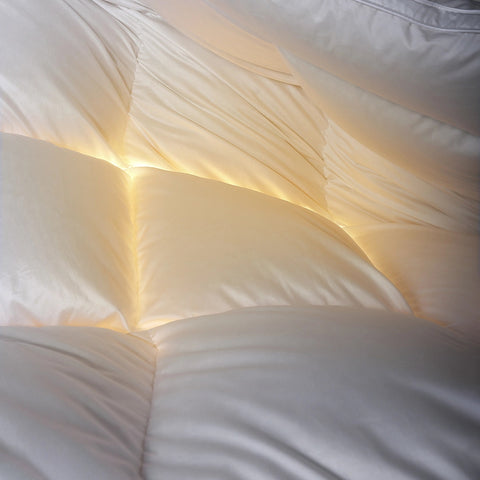
- Press: A high-quality down duvet will quickly regain its original shape when pressed.
- Shake: If excessive feathers scatter, it's advisable not to buy. High-quality fabric prevents down leakage.
- Smell: Smelling the duvet can provide initial insights into the fill's quality. Duck down may have a stronger odor, and uncleansed down might carry a fatty smell.
- Compare Weight: Under the same fill content and size, a lighter duvet typically indicates higher loftiness.
- Light Inspection: Hold the down duvet against light to observe even down distribution, excess feather presence, and the neatness of stitching and seams.

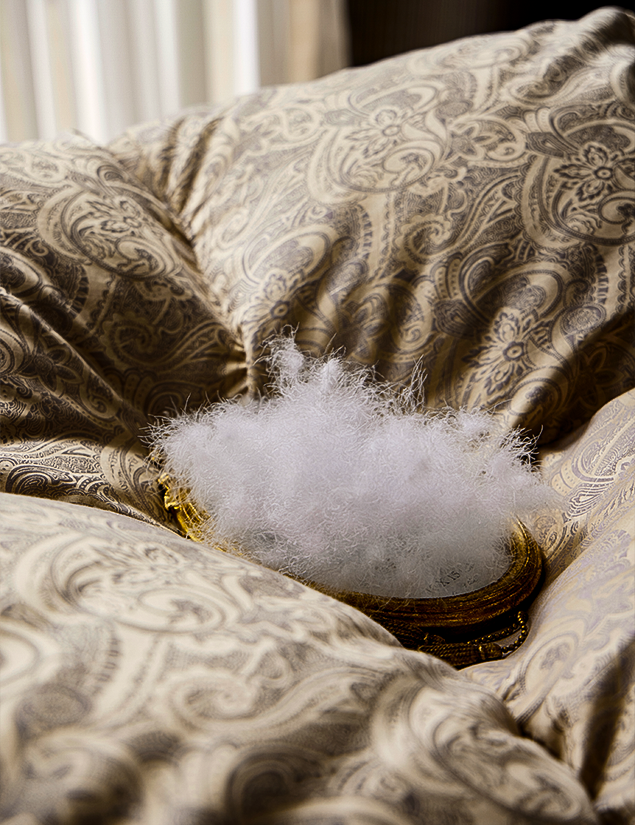
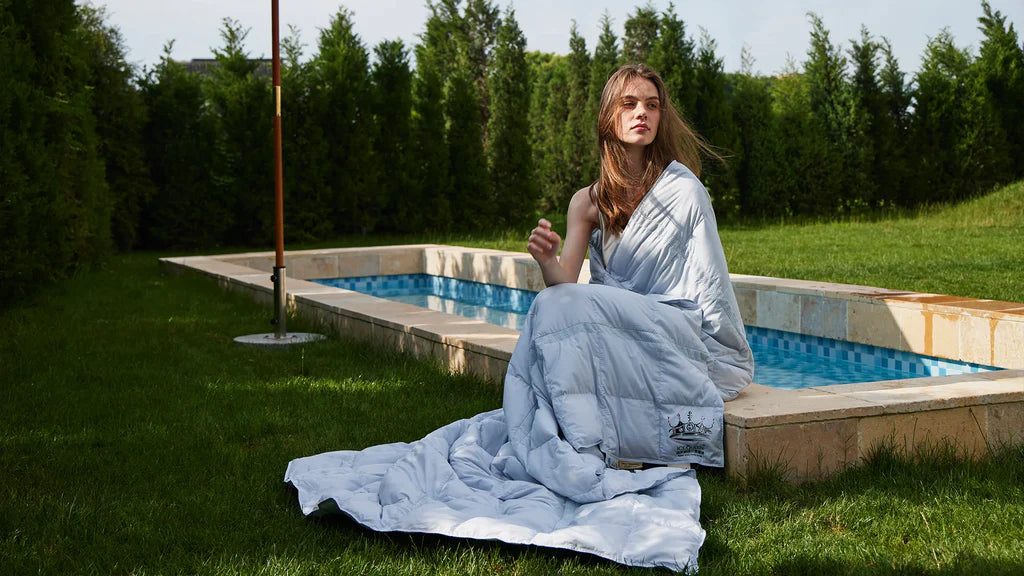
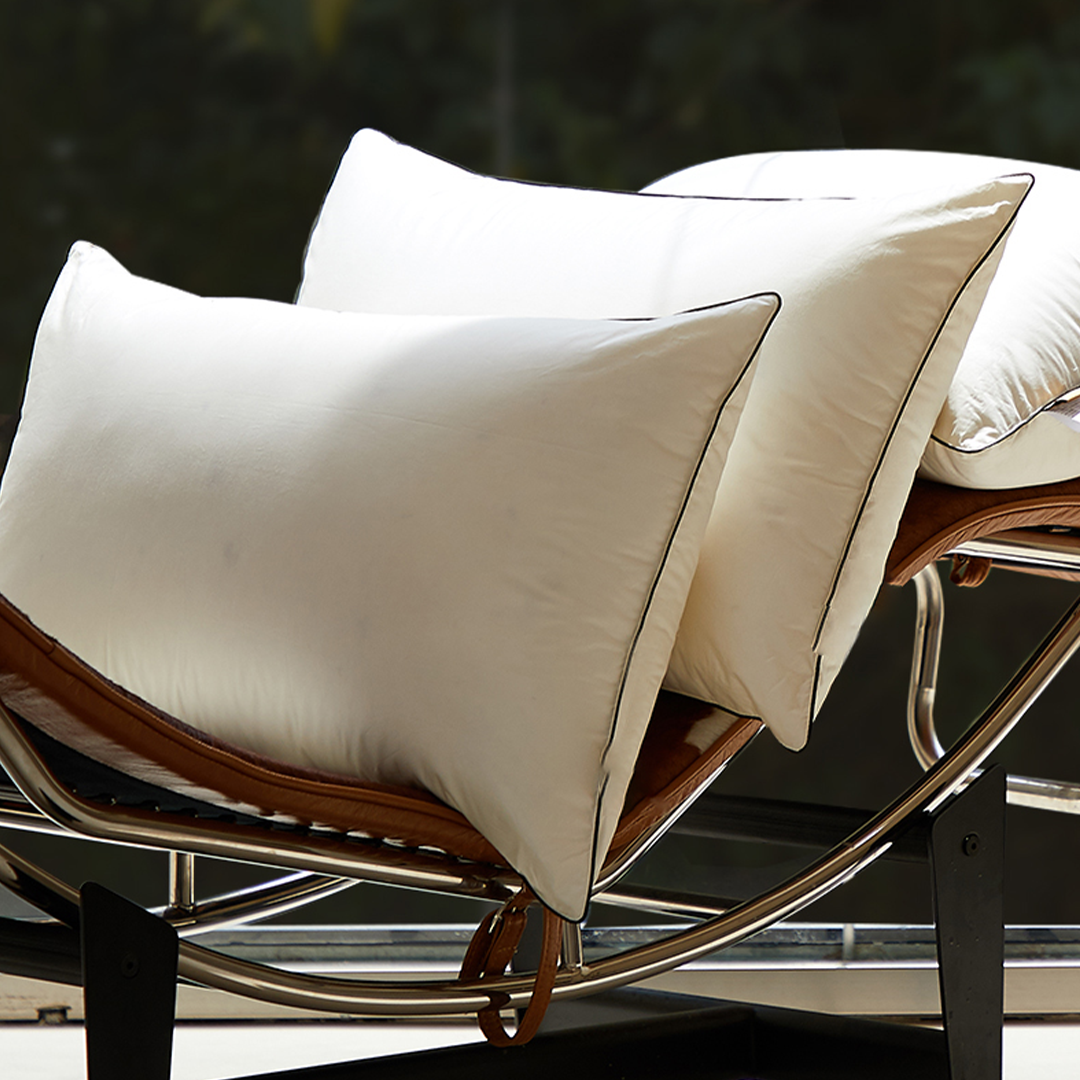
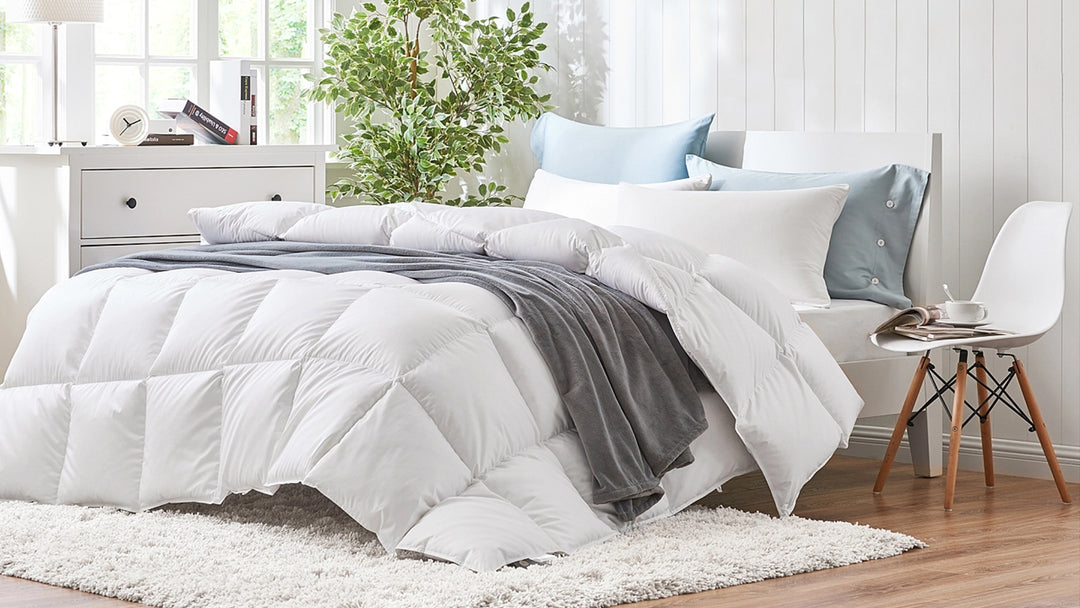
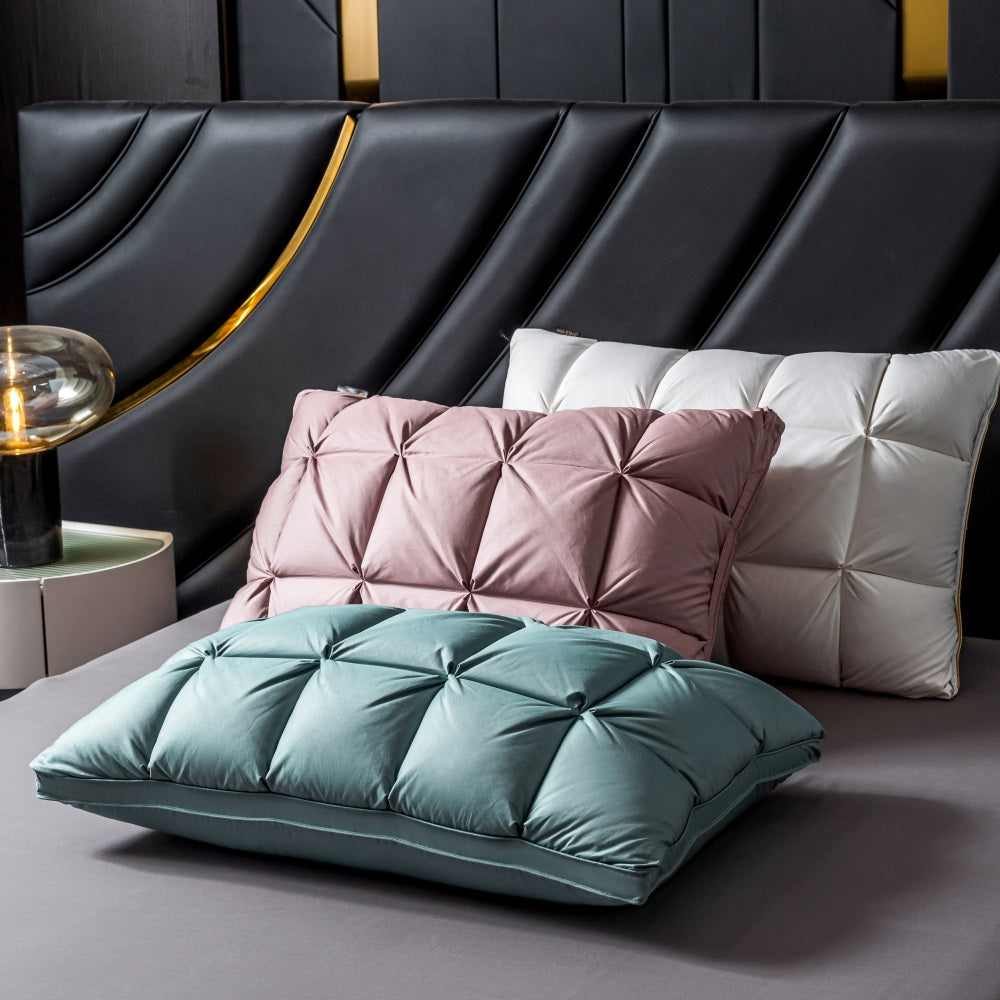
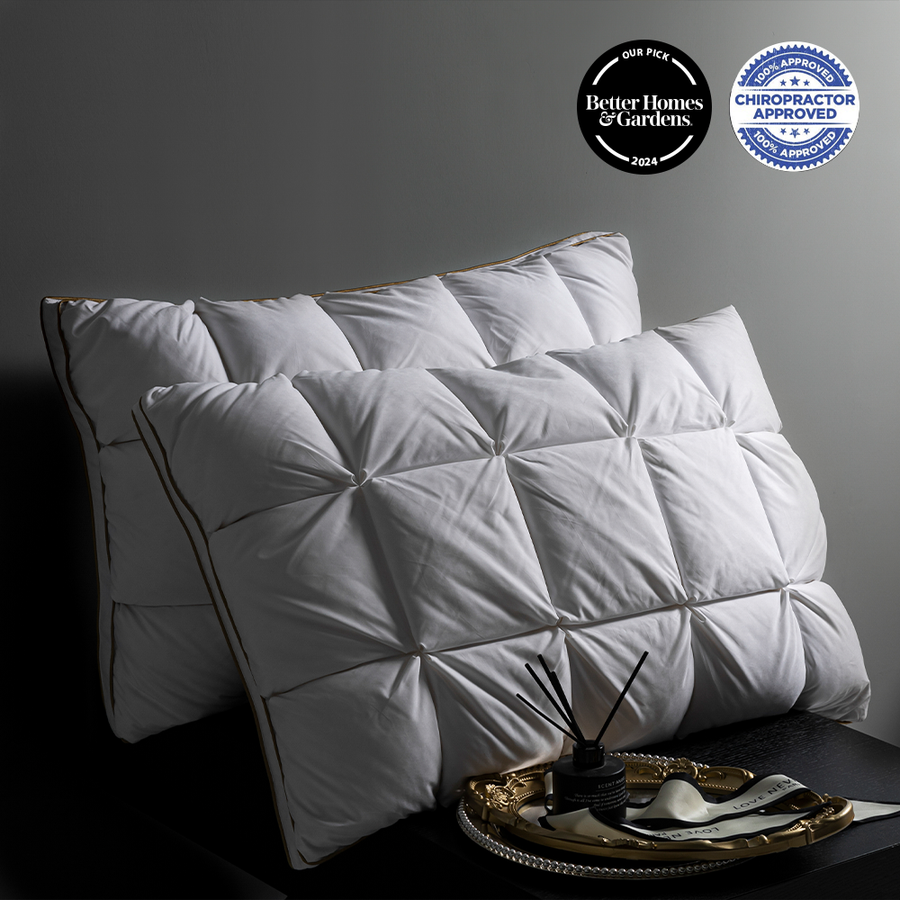
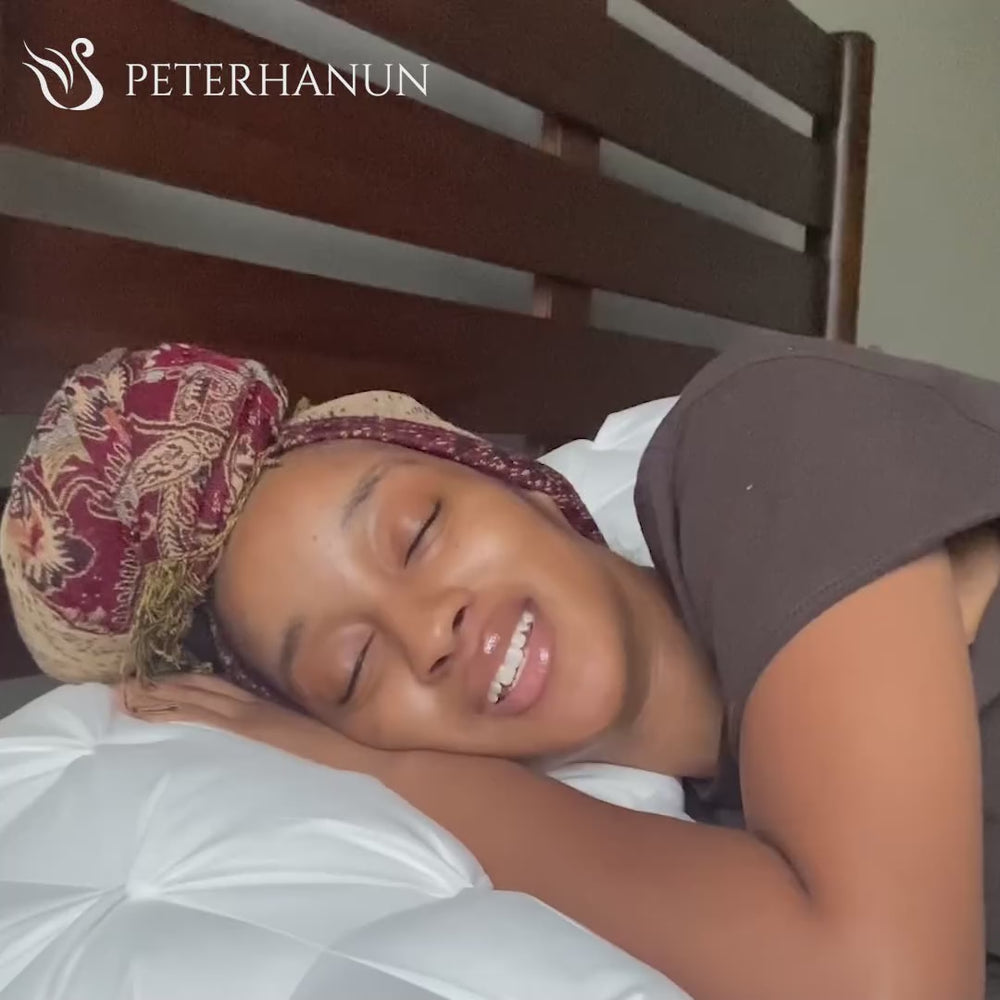
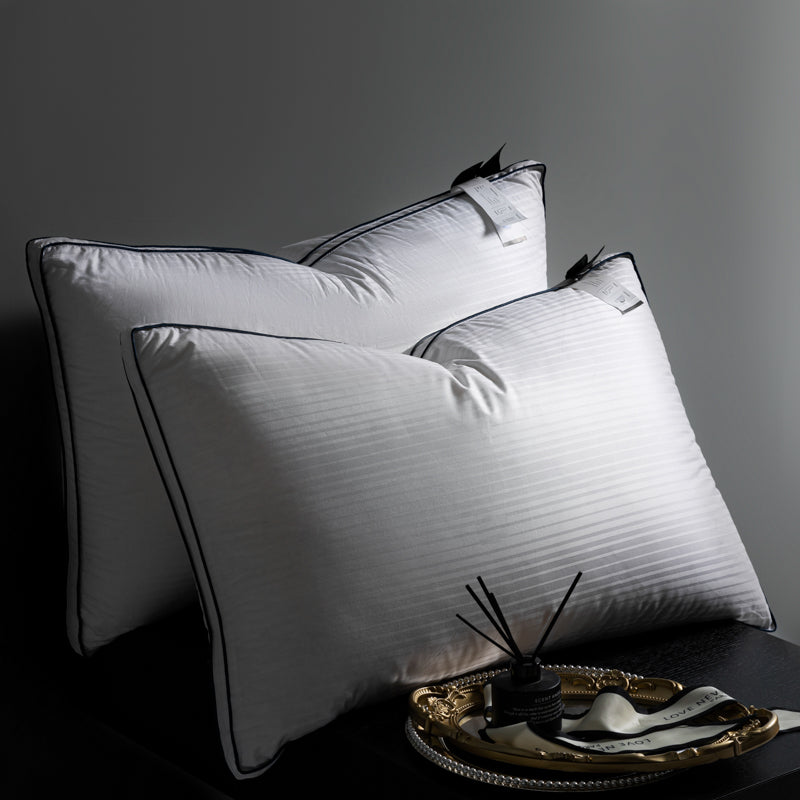
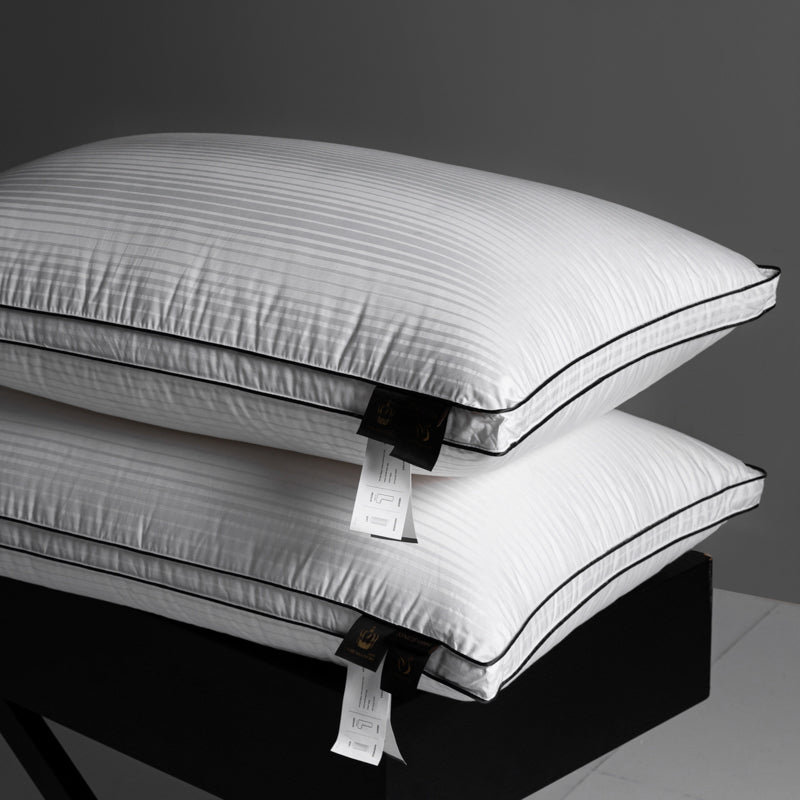
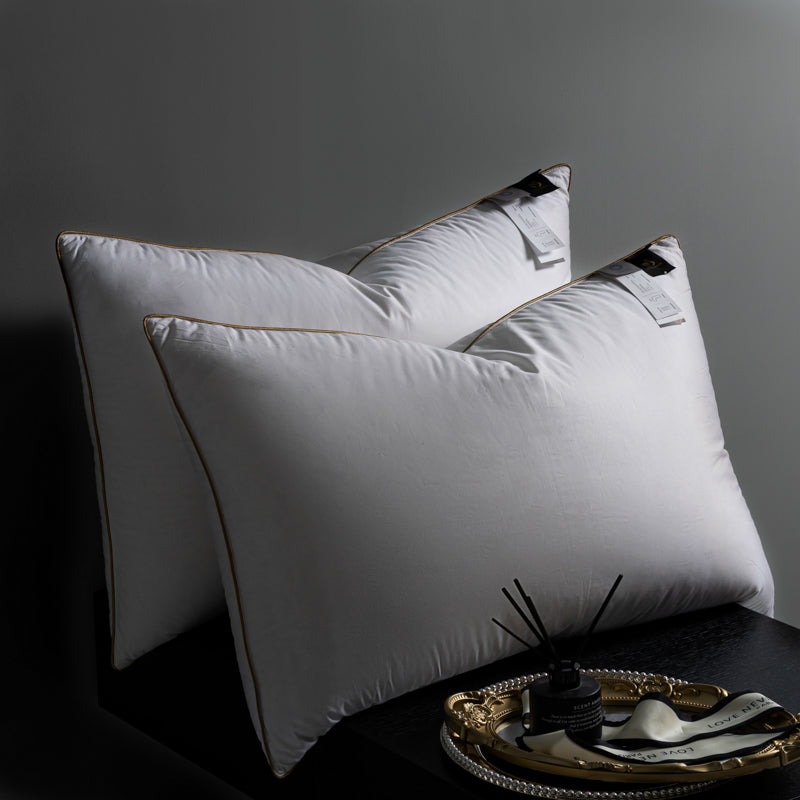
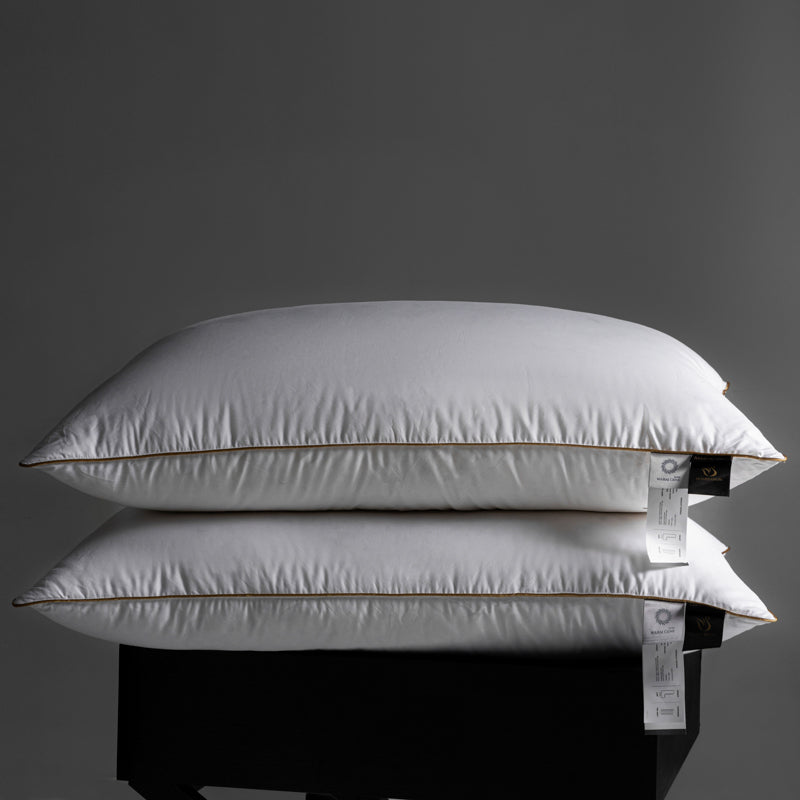

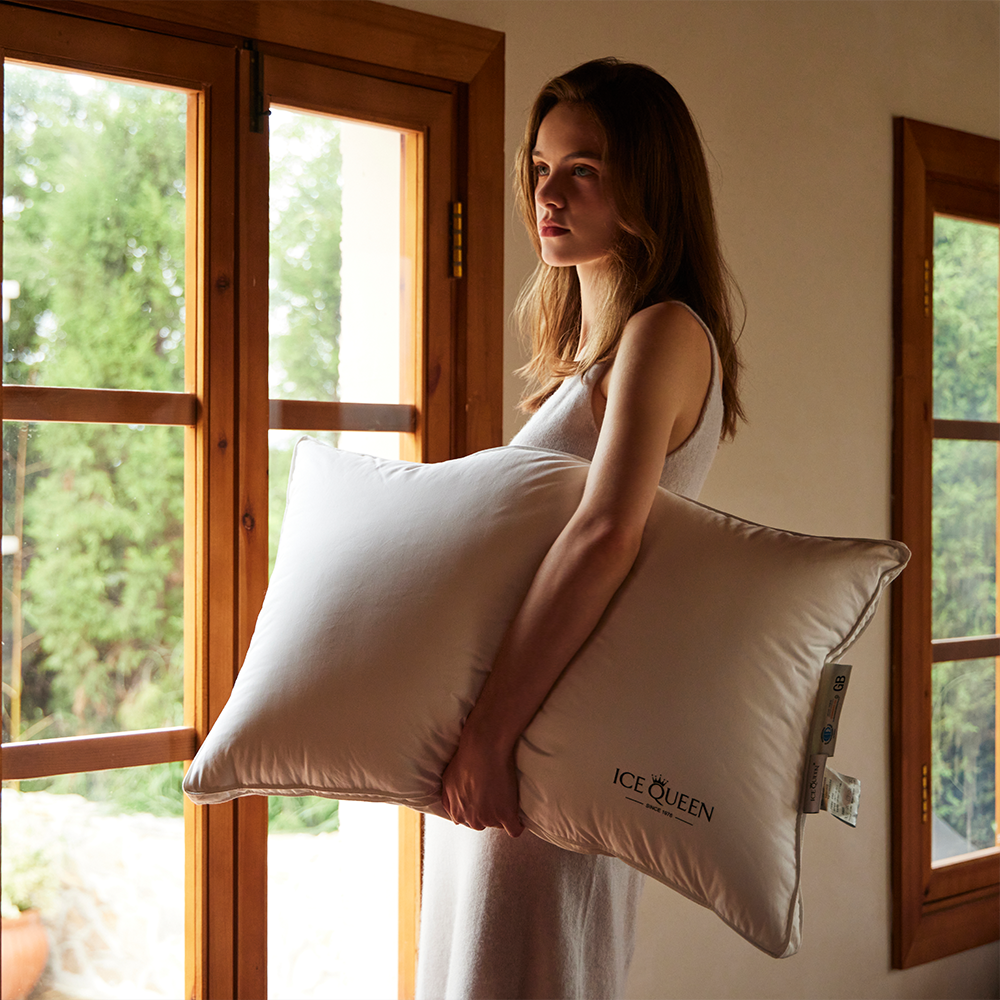
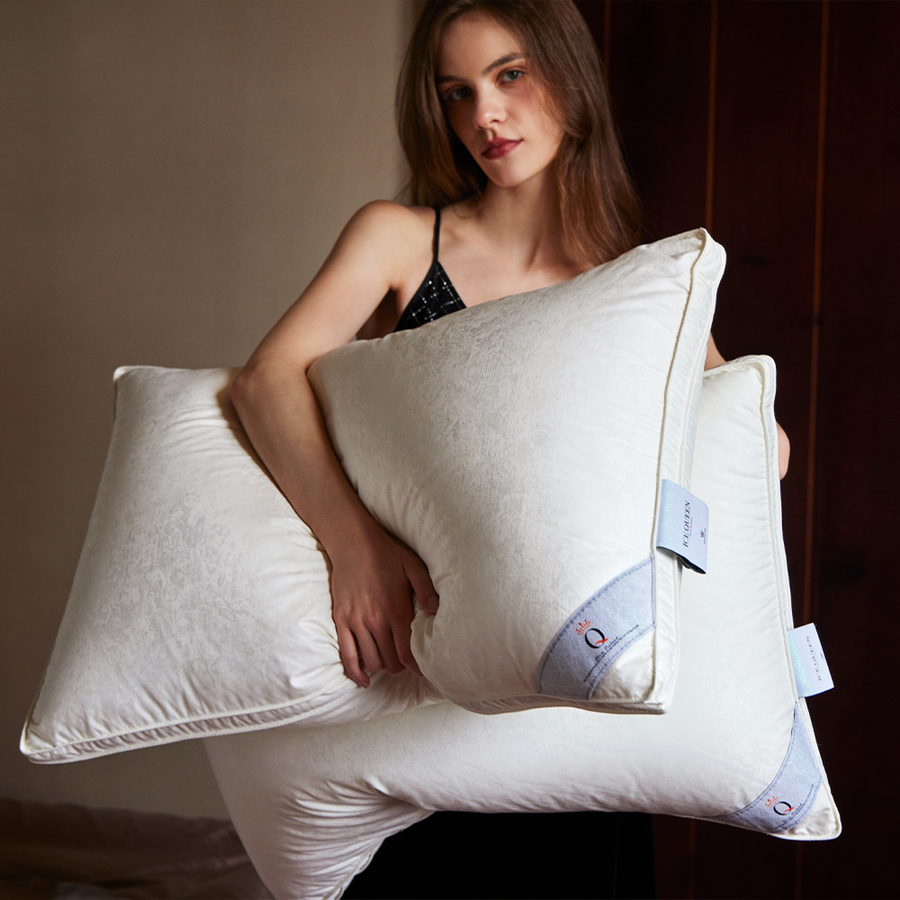
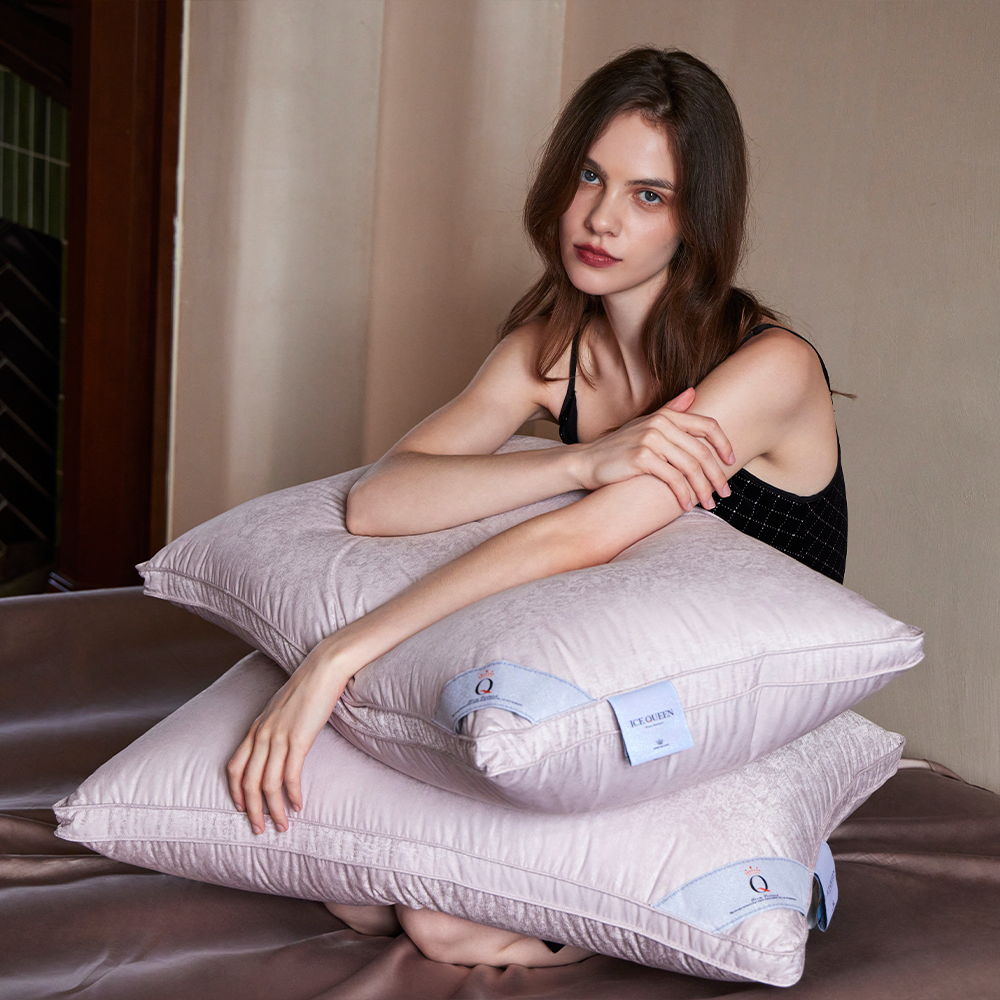
This was a very good post. Check out my web page Webemail24 for additional views concerning about PR Marketing.
PKOmRnlojuhUxrYd
Leave a comment